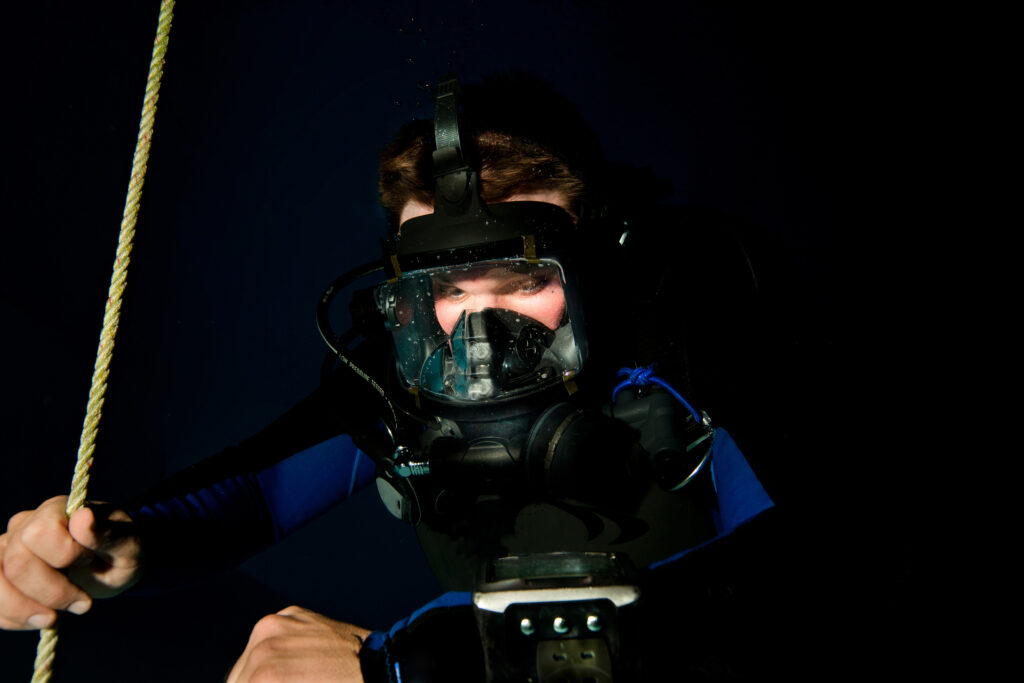What is a Full Face Mask?

A full face mask (FFM) is an essential piece of equipment designed for scuba diving and snorkeling, providing comfort, safety, and optimal breathing capabilities to divers.
What is Fogging?

Fogging refers to the condensation of moisture on the interior surface of a scuba diving mask, which can obscure vision and hinder underwater experiences. This phenomenon occurs when there is a significant temperature difference between the warm air inside the mask and the cooler water outside. As the diver exhales, moisture-laden air comes into contact with the cooler mask lens, resulting in condensation or fogging. Understanding the mechanisms behind fogging and how to prevent it is essential for ensuring a safe and enjoyable diving experience.
What is Professional Diving?

Professional diving encompasses a range of underwater activities performed by individuals trained and certified to work in various underwater environments. These divers are equipped with specialized skills and equipment to carry out tasks that support industries such as commercial oil and gas, scientific research, military operations, and public safety. The importance of professional diving lies in its contribution to the economy, scientific discoveries, and public safety operations, making it an indispensable occupation with a rich history and evolving technology.
What is Public Safety Diving?

Public safety diving refers to a specialized area of underwater diving focused on search, rescue, and recovery operations in various aquatic environments. Unlike recreational or commercial diving, public safety diving is conducted by highly trained professionals, often part of law enforcement, fire departments, or other emergency response teams. These divers are called upon to perform tasks that are critical to public safety, such as locating drowning victims, recovering evidence from underwater crime scenes, and conducting underwater inspections during disasters.
What is Command Signals?

Command signals are an essential aspect of scuba diving, ensuring effective communication and safety among divers. These signals allow divers to convey critical information without relying on verbal communication, which is impossible underwater due to the limitations of speaking and hearing in such an environment. As diving gained popularity and became more organized, the development and standardization of command signals became crucial for coordinating movements, sharing information, and handling emergencies.
